Want to Know Which Vintage Corvette Will Be the Most Reliable? We Got You Covered.
When the vast majority of individuals think of the Corvette, performance is often the first thought that comes to mind, and rightfully so. However, if your classic Corvette is intended for daily use, reliability is a factor for consideration every bit as important as horsepower, foot-pounds of torque, or times in the quarter-mile. Although most any Corvette if properly maintained can exude a level of dependability under the majority of circumstances, like any other line of vehicles, there are always stand-out models that exhibit exemplary tendencies toward above-average reliability. The following is a list of the most reliable classic Corvettes.
1953 Corvette
Though the Corvette was in its infancy in 1953, there were certain qualities of value worth consideration for anyone pondering a purchase of these early C1 classics. Many consumers criticized the 1953 Corvette for its underwhelming powerplant, and some valued points can be made there. However, what you will seldom hear is any dissatisfaction in these first-year Corvettes’ level of reliability. While the 1953 Corvette’s 3.8L, I-6 “Blue Flame” engine with its 150 HP was certainly not going to set any land-speed records, it did have one thing to its advantage. In relation to today’s modernized engines of much complexity, the “Blue Flame” was simplistic. This level of simplicity, combined with the vehicle’s braking and steering components of the same nature, left little vulnerability for untimely failure.
1956 Corvette
After early criticisms about the Corvette’s lack of performance, as well as fit and finish issues, much refinement went into rectifying these early flaws. While the base 1953 Corvette had always presented a level of dependability, no one within the Corvette design team was satisfied with their creation’s falling sales numbers. This led to an intense effort to build a better vehicle in every regard. The “Blue Flame” engine, utilized in the past Corvettes, rode off into the sunset in 1956, as the more potent small block V8 became standard after premiering the year prior. The 3-speed transmission also became standard for the 1956 production year. Other upgrades included a vastly superior clutch compared to previous renditions, as well as an all-new rear differential. With a series of noteworthy additions in place, the general perception of the Corvette began to change. Those that previously had doled out harsh criticism toward the C1 now hailed the Corvette for its performance, handling, and reliability.
1960 Corvette
Things were looking bright for the Corvette in 1960. With the better part of a decade in the books, sales had begun to accelerate and progress continued toward making the Corvette into a reliable powerhouse. Additionally, with the better part of the Corvette’s first generation behind it, many of the iconic car’s initial quirks had been worked out in the Chevrolet development team’s continued bid for perfection. By 1960, the Corvette line had completed several full production years with the 283 cubic-inch V8 under the hood. Options existed for both carbureted and injected fuel delivery systems, neither of which were new to Chevrolet’s design and development team at this stage in the game. Though the 1960 production year saw several underhood changes in the form of alternative cam options, and solid-state lifters for its largest two engine options, the engine’s base stock remained relatively unchanged, leading to an outwardly reliable powertrain.
1963 Corvette
As the C2 Corvette burst onto the scenes in 1963, consumers were eager to get behind the wheel of the true American sports car in its latest form. Contrary to other first-year generational offerings, the 1963 Corvette proved to be overwhelmingly reliable. Much of this stemmed from the reuse of already proven drivetrain components within the newly released C2. By 1963, the standard 327 cubic-inch V8 had already proven itself a reliable powerplant, as a carryover from the previous year’s final C1 model. Likewise, the C3’s transmission offerings were also holdouts from the prior first generation, being well known for their dependability, especially in regards to the 4-speed manual. This meshing of the best of both old and new technology led to a high level of consistency in mechanical reliability.
1969 Corvette
The C3 undoubtedly faced many trials within the time of its reign. As the generation carried on, government oversight on the control of emissions drove much of what the automotive industry did, and did not do. However, the earlier segment of the generation in 1969 avoided the full extent of the blow dealt by this oversight, thus leading to a quality Corvette that was simplistic in design, yet still showcased much of the performance characteristics that the line had come to be known for. The late 1960s saw the introduction of the 350 cubic-inch small-block, which with time proved itself to be among one of the most reliable engines featured in the Corvette. When pairing the 350 with an optional 4-speed manual transmission, the resulting combination often yielded years of cruising pleasure with little mechanical difficulty.
1971 Corvette
The 1971 Corvette saw perhaps the least amount of change to any Corvette from the previous year’s model, in comparison to any other two successive years in the line’s history. The United Auto Workers Union labor dispute of 1969 led to that year’s production run extending more than two months past the term originally designated, in turn shortening the 1970 production run by four months. The decision was made to lengthen the 1970 production year, thereby making 1971 an extension of the preceding year’s production.
In doing so, very little modification was made between the 1970 and 1971 production years, leading to the St. Louis manufacturing plant’s ability to dedicate their full attentiveness to bettering quality control of the product at hand. The only notable exception to this lack of modification was a moderate decrease in horsepower across the board for engines of the 1971 production year. This was due to the flurry of emission regulations that foreshadowed the coming performance reductions that were to follow.
1977 Corvette
The late 1970s were quite a peculiar time for the Corvette. Emissions regulations had significantly hindered the Corvette in the horsepower department, and it seemed that the GM design team had become engrossed in the development of the C4 that was to come. This lead to a period of relative inactivity in the further development of the C3, thus leaving it vastly unchanged, with little modification taking place as the 1970s drew to a close.
If you can look past the overall sluggish demeanor of the 1977 Corvette, a quality candidate for reliability exists. Between the 1976 and 1977 production years, the Corvette’s powertrain went unchanged, leading to both the L48 and L82 engines remaining true to their previous form. This presented the opportunity for consumers to choose from two powertrain options that had both proven their merit.
1988 Corvette
By 1988, the C4 had undergone nearly half a decade’s worth of subtle revisions to perfect the nuances of what was the most ambitious Corvette to date. After the somewhat hard criticism that the C4 had received upon its launch in 1984, many areas of critique had been redesigned, much to the joy of consumers worldwide. Problem areas such as ride quality and cluster visibility had all received attention from the GM design team in a continued bid for perfection. The 1988 C4 also utilized powerplant options that had proven themselves in previous year model offerings. The small-block 350 cubic-inch V8 was especially renowned as a platform of integrity, having been a mainstay of the Corvette line for two decades. With a string of notable improvements over the initial C4 release, and two powerplant options worthy of their place within the Corvette line, the 1988 C4 proved to be among one of the more reliable Vettes to roll off the Bowling Green assembly line.


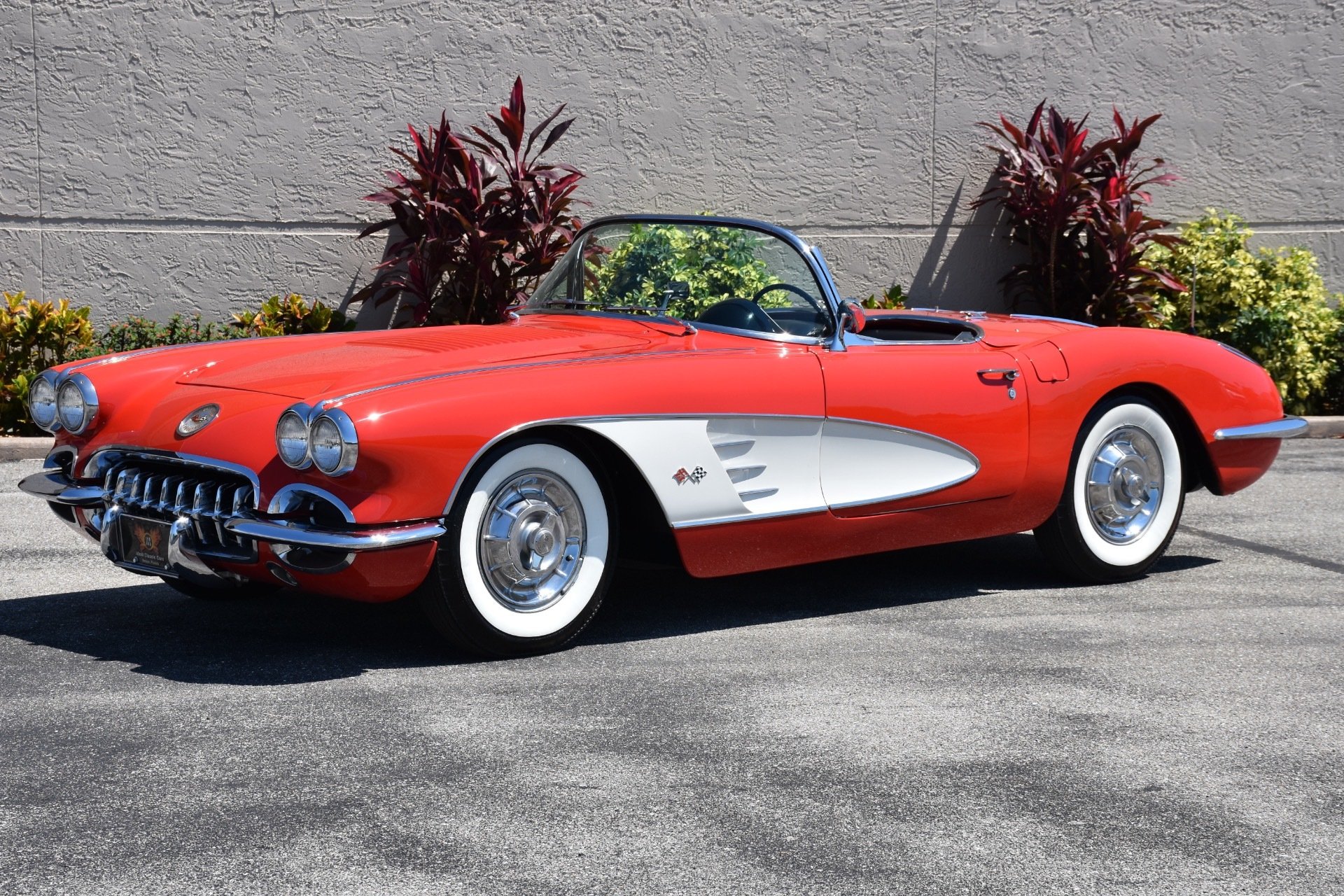
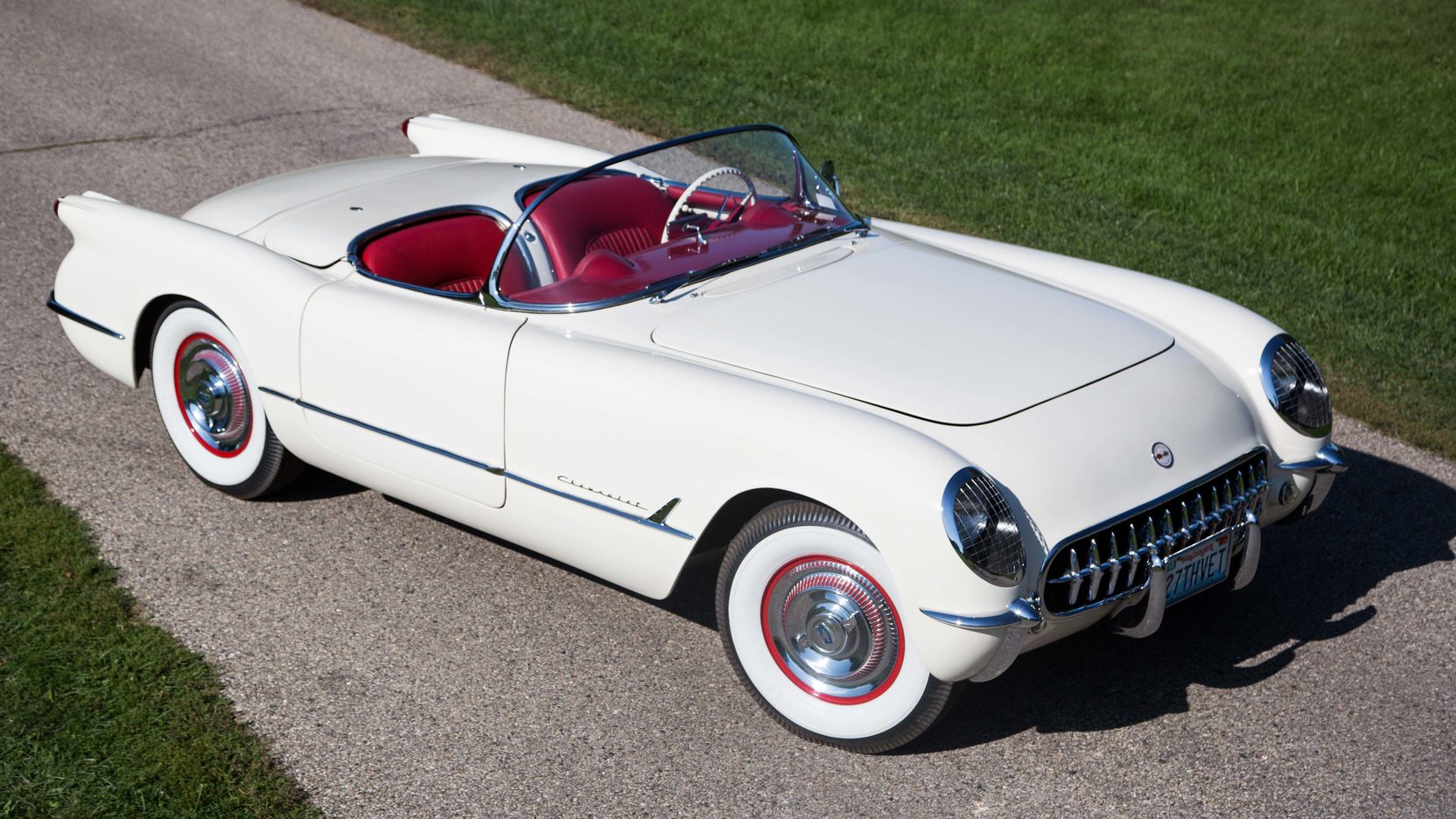
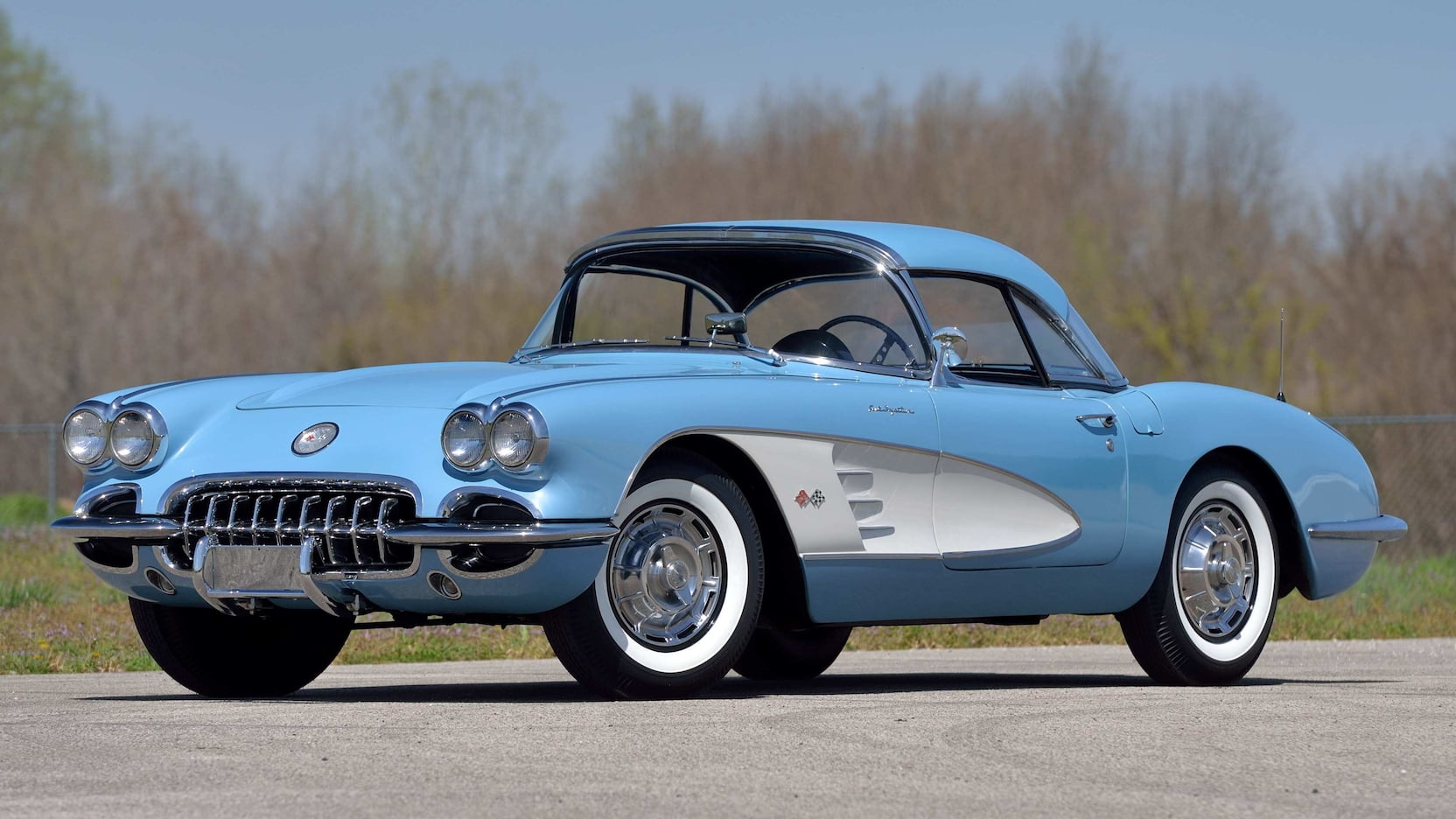
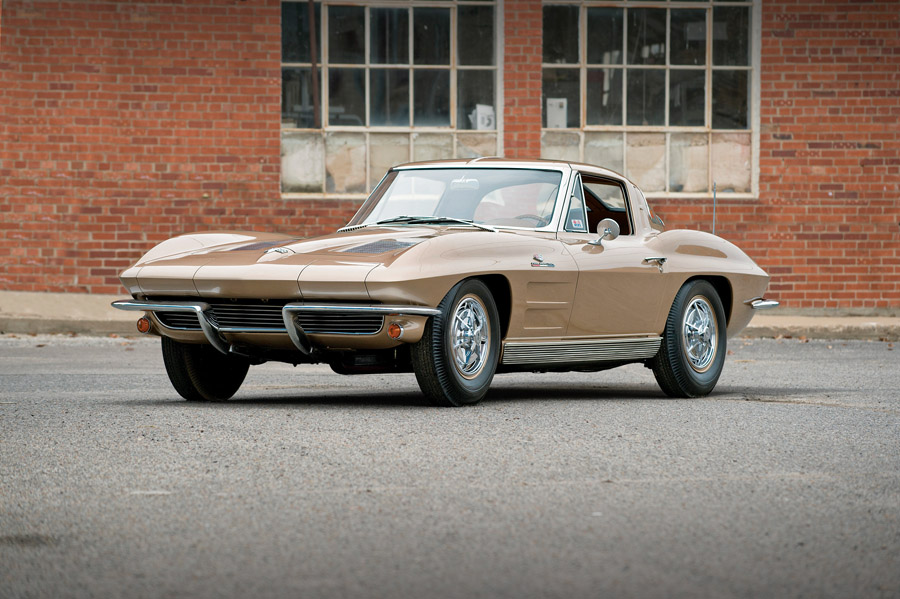
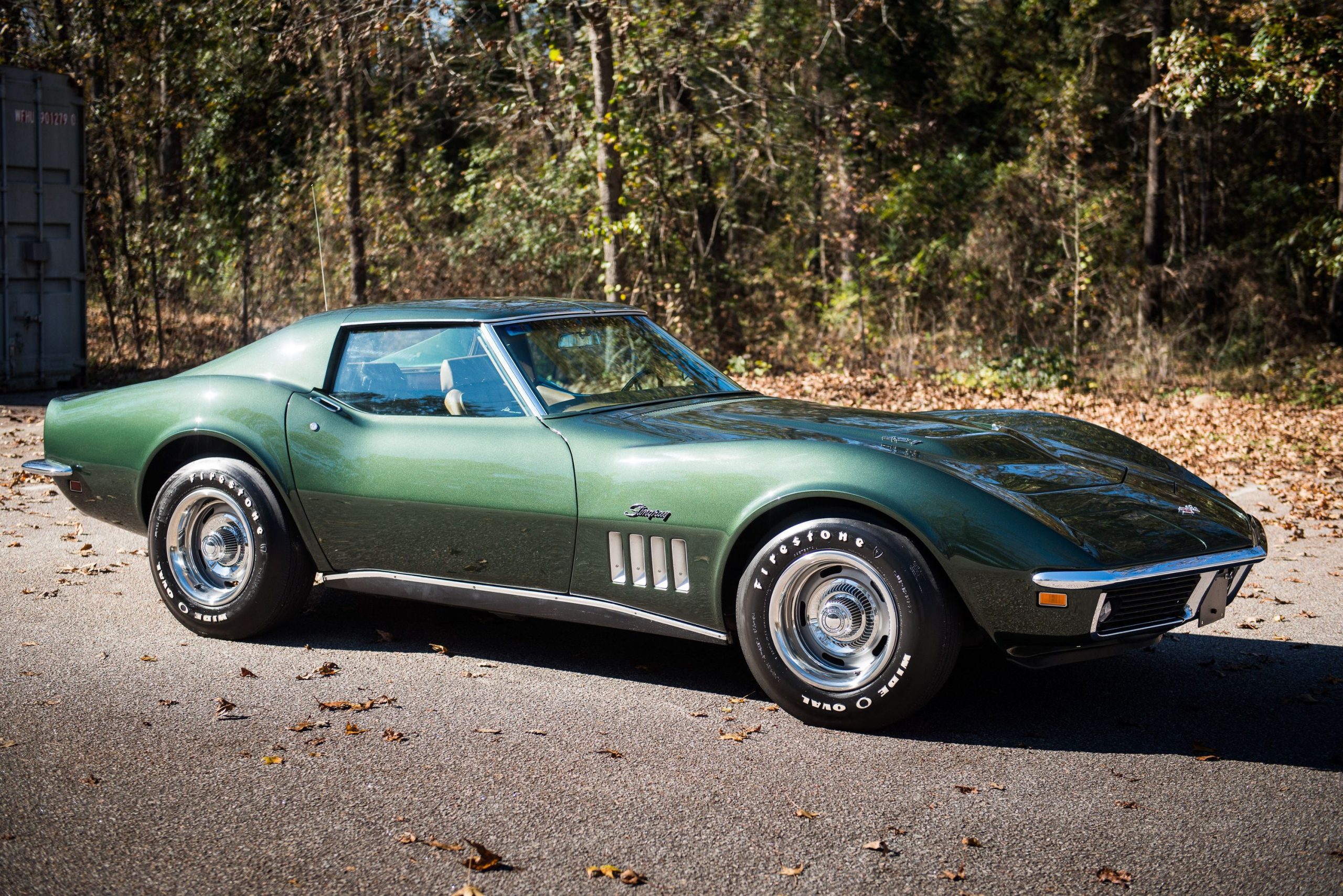
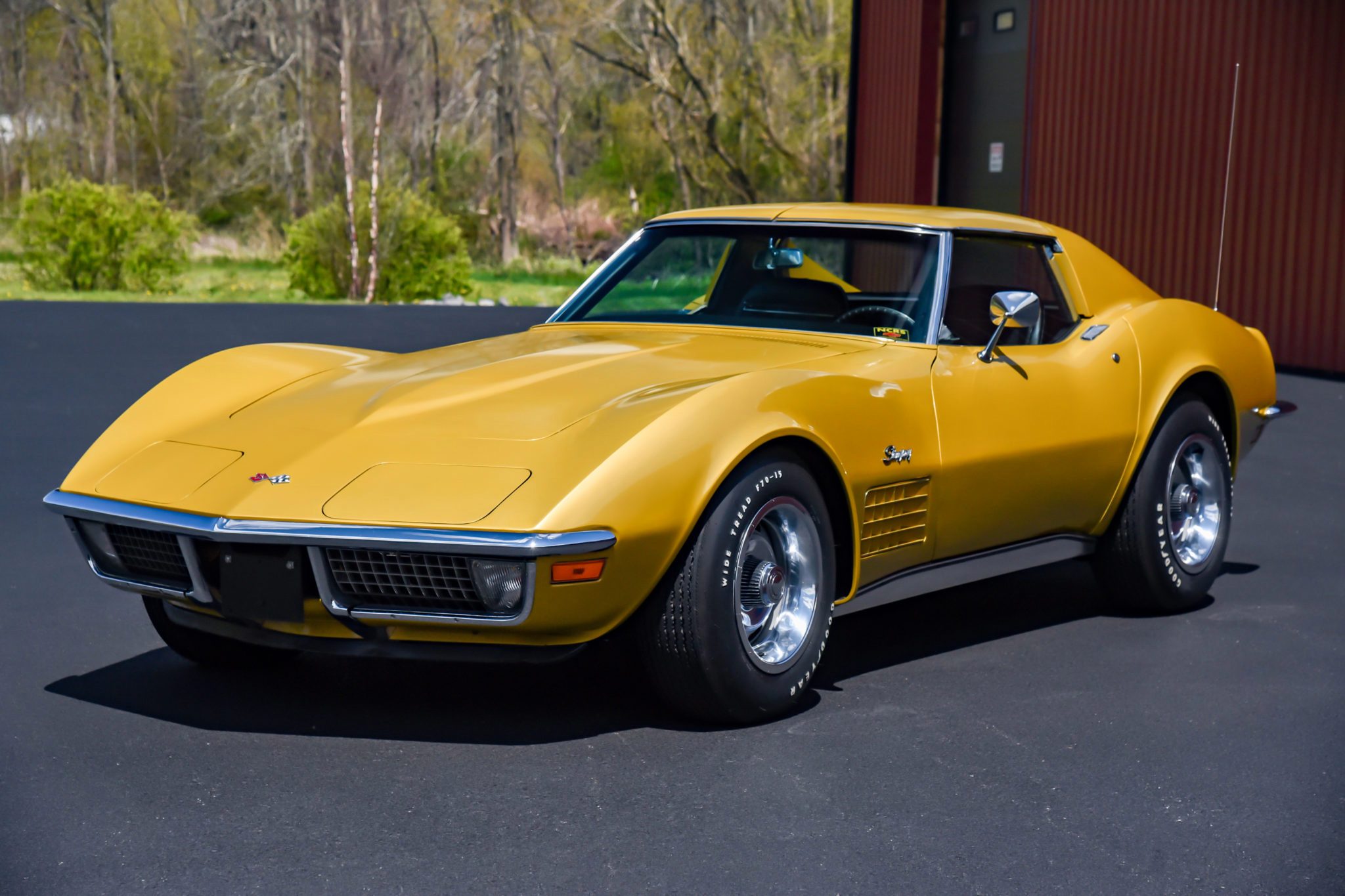
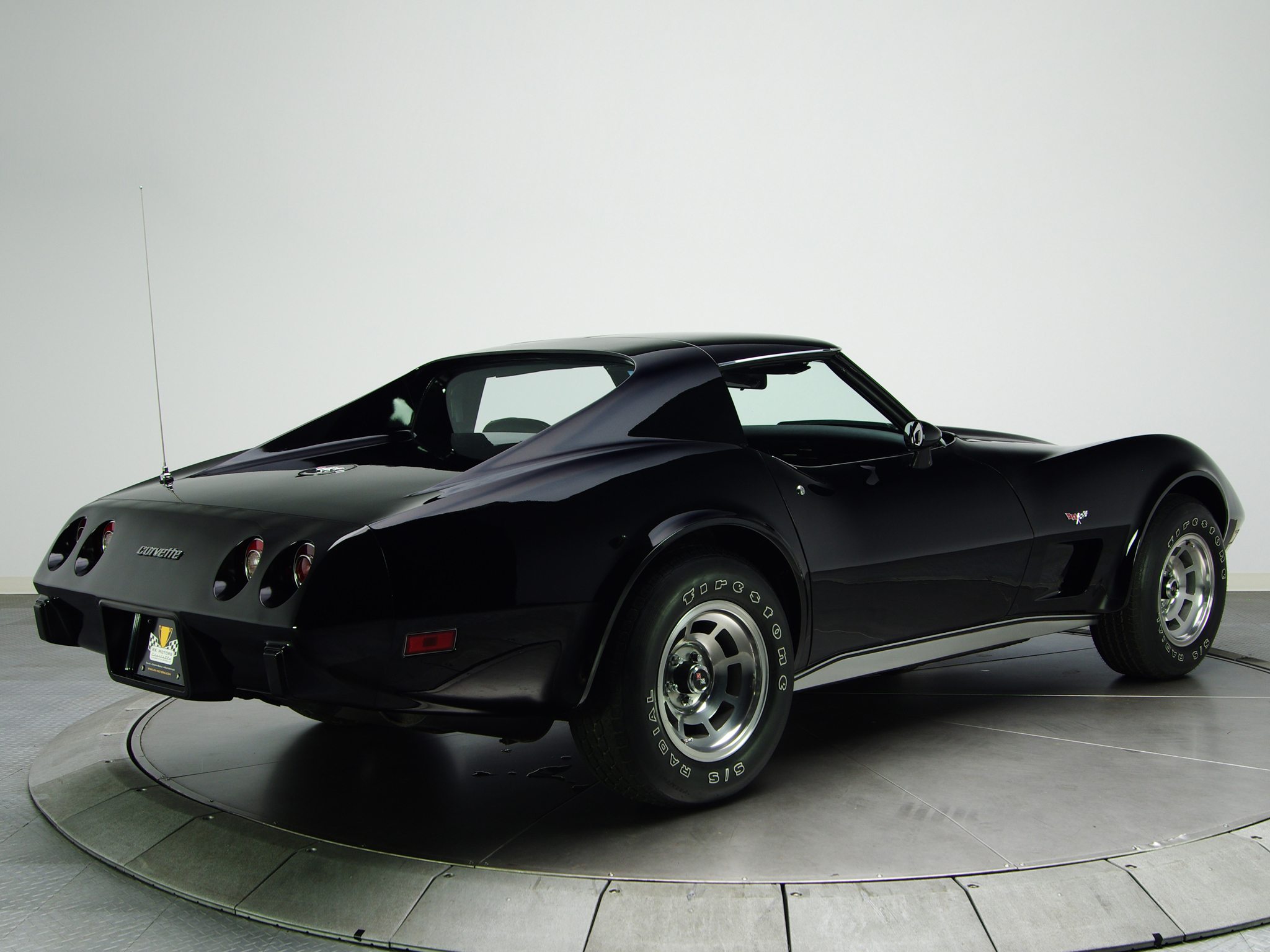
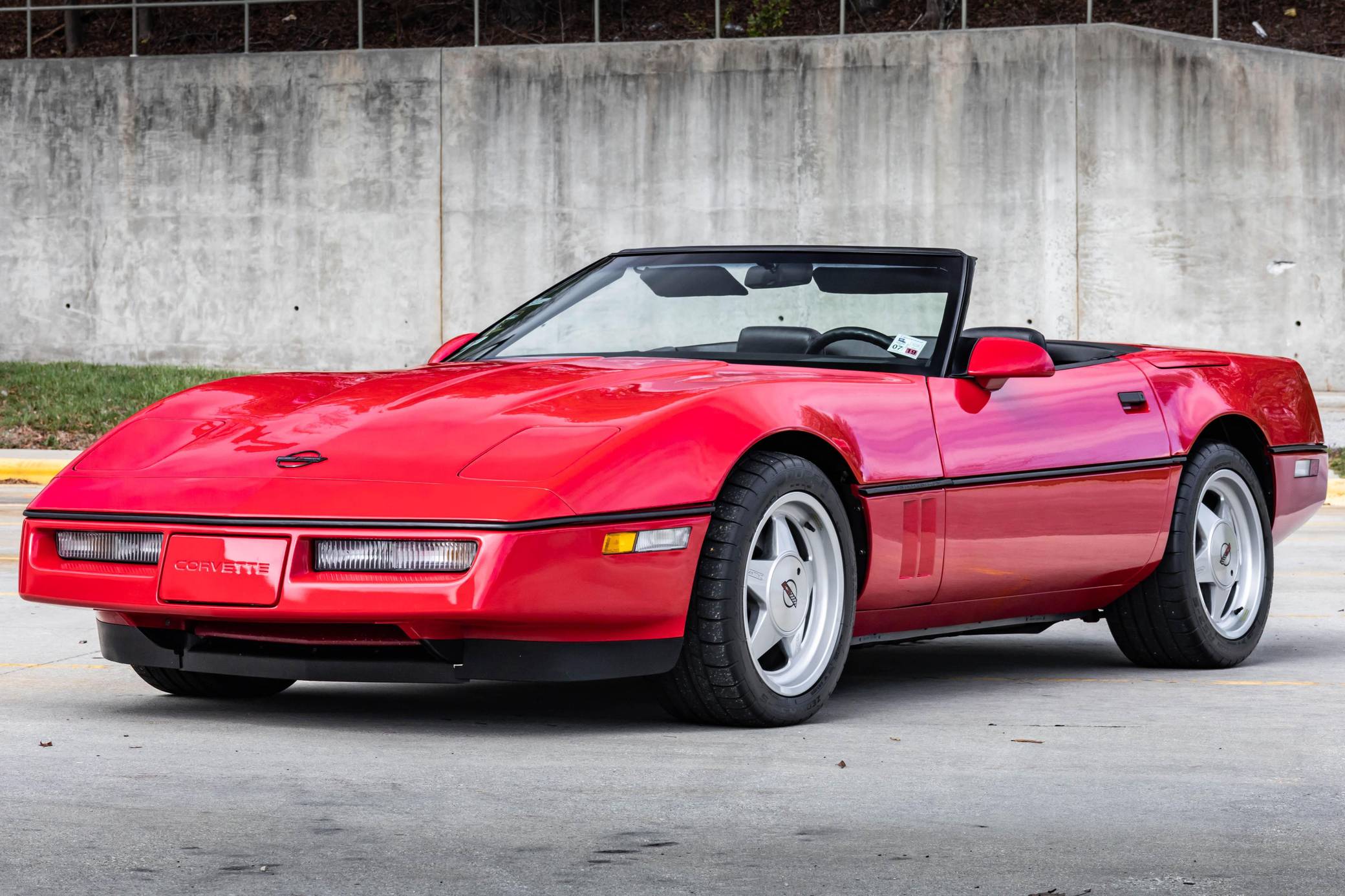
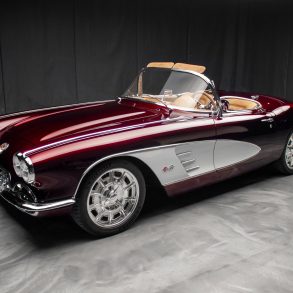
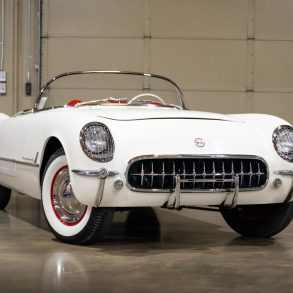



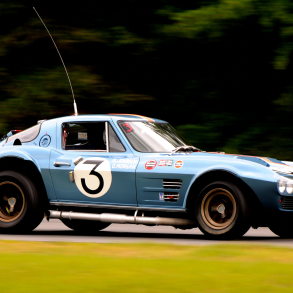

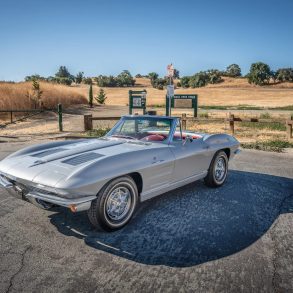

My favorite two Vettes are 1971 cpe and 2012 Grand Sport. The 1971 was; last with fiber optics, great styling, removable rear window and LS6 engine. The 2012 GS has; great styling, handling, keyless entry, keyless start, great luggage capacity.